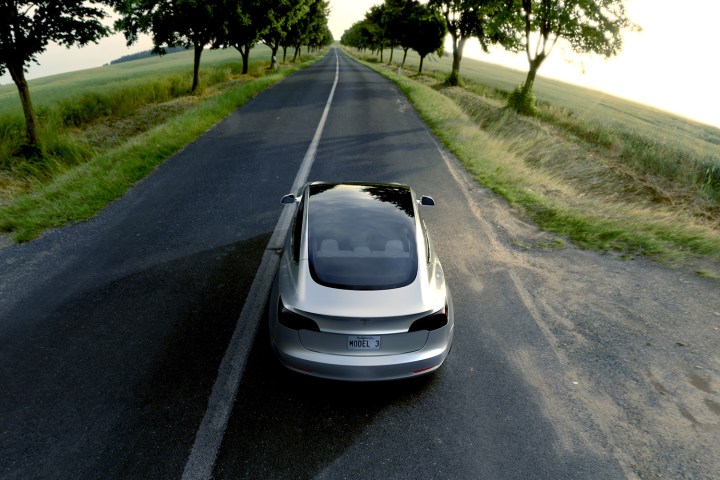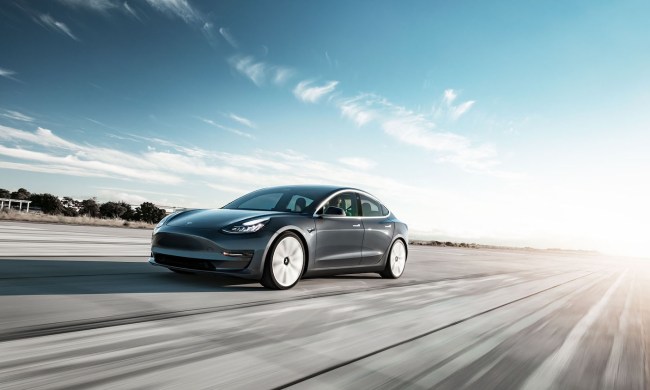
In pursuit of speeding regulatory approvals, CEO Elon Musk has expressed a willingness to share Tesla’s data with the U.S. Department of Transportation and possibly with other companies developing autonomous vehicles. Tesla has more road miles of data than any other company. It recently reported holding 780 million miles worth of data, which currently increases by one million miles every 10 hours. The company continuously collects data from all of its cars in service.
Tesla would not comment on whether the D.O.T. accepted its data offer, but Elon Musk is strategic about amassing miles of data to substantiate the relative safety of autonomous cars versus human-driven vehicles. “I think we are basically less than 2 years away from complete autonomy – safer than a human,” Musk said. “However, regulators will take I think at least another year, which will, of course, depend on what part of the world you are in because they will want to see billions of miles of data to show that it is statistically true that there is a substantial improvement in safety if a vehicle is autonomous versus non-autonomous.”
Level 4 autonomy requires only that a passenger get in the car, tell it where to go, and then sit back while the car does everything else. No company currently produces a car that can operate at Level 4 mode, but speculation is Tesla will be ready by the end of 2017.
Musk said previously that there will be a big announcement in late 2017, and that’s what observers think he’s hinting at. The first step will be to install a new suite of sensors in cars, followed by software to enable complete autonomy. Musk stated that Tesla’s current data shows cars driven in partial autonomous mode (Tesla’s autopilot) are twice as safe as cars driven solely by humans. He also said he expects government regulatory officials to want documentation that self-driving cars are 5 to 10 times safer than human-driven cars.



